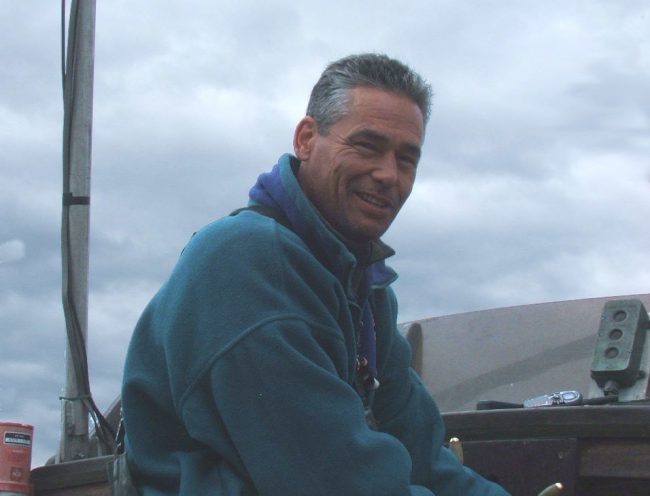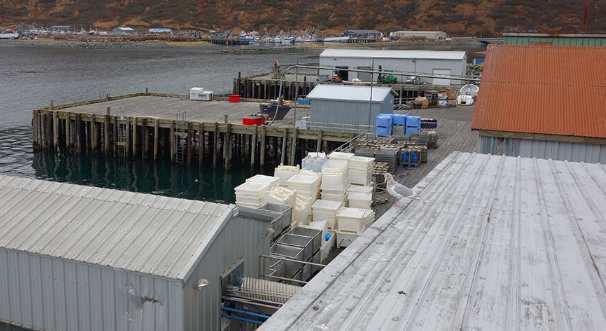The oil tax debate will dominate this session. You should know the options that are being considered, including the bill I and others filed earlier this month. The first few paragraphs summarize the debate, and read on if you want more information. Here goes.
Do you think the smart folks at Exxon would ever cut a $1 or $2 billion check to another company with no requirement that they do anything for that money? That’s the problem with the biggest part of the Governor’s oil tax bill. It rolls back Alaska’s oil revenue by $1-2 billion per year or more (at higher prices), allowing companies to take Alaska’s revenue to places like Libya or Russia.
I and others want a bill that works. We’ve filed legislation that requires Alaska oil production to reverse the production decline. In exchange companies get reasonable tax breaks. Breaks that work without being so massive that they take Alaskans off a fiscal cliff, damage the economy, our savings and schools, our ability to fund energy projects, law enforcement, a strong university, and needed economic and recreation infrastructure.
This month we filed legislation that expands on bills we’ve pushed over the past two years. Our bill requires production, and investment that leads to production, as conditions for tax breaks. We want improvements to the current ACES system to make it more effective.
Creating a $1-$2 billion annual deficit – without requiring Alaska production – is poor trickle-down economics based on a desperate hope, wing and prayer.
Here’s how our plan requiring production to earn reductions works.
Alaska has over a billion barrels of producible heavy oil. It is expensive to produce. We offer research and development credits to help get that oil in the pipeline, and offer a tax rate on heavy oil that’s roughly 85% of what it is under current law.
In addition, we offer a similar break for new oil production, in new geologic pools in existing fields.
Alaska has had a roughly 5%-8% production decline dating before 2006, when we had a tax rate of near 0% on half the North Slope fields; a promise of a near 0% tax on most modest new fields; and a low tax on the rest. The Governor’s “experiment” of low taxes without any binding requirement of new production in Alaska is a repeat of a failed policy.
Our bill also offers a similar break on new oil above an active company’s 2012 production levels if they are willing to reverse the production decline.
Additionally, we offer a temporary seven-year tax break at about 70% of what is paid under ACES for new non-blockbuster fields to help companies recoup their original investments and to bring new oil on line. We’ll offer low-interest loans so companies can build the expensive, needed, processing facilities to put that new oil into the pipeline – a current block to new production.
While the Governor offers some tax breaks for new oil, the lion’s share of his bill eliminates, at a cost of $1 – $2 billion in lost annual Alaska revenue, Alaska’s “windfall profits share” provision. That provision grants Alaskans a fair share when companies, at high oil prices, make record and near record profits.
While ACES has led to 40% more capital investment, and record Alaska North Slope jobs, we can do better to get more oil in the pipe. That requires that we be smart, and require Alaska investment rather than just hand over the public’s money, so companies can look around the world to decide where to spend it.
The benefits of ACES are that we incentivize Alaska investment with tax breaks, but don’t give reductions if companies take their profits Outside. It has led to more exploration in Alaska than in over a decade. And the major oil companies have – despite squealing for PR – each taken in roughly $2 billion a year in Alaska profits under ACES because their big fields are very profitable.
We can do better. My fear, though, is that the Governor and his allies will do worse, take us off a fiscal cliff, and just give away your oil resource for little in return.
My Best,
Les Gara







